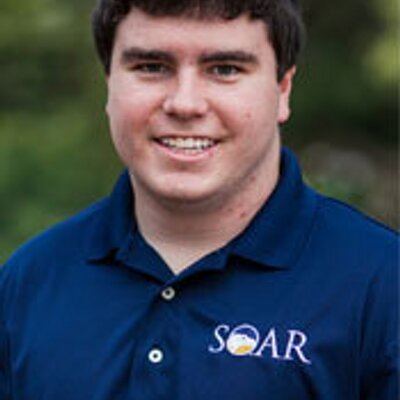Name Cliff Padgett | ||
 | ||
Cliff padgett
Cliff Padgett (19 December 1879 – 7 August 1951) was a boat builder.
Contents
- Cliff padgett
- Cliff padgett intro
- Life
- Excerpts from 25th Year of Motorboat Racing Quincy Herald Whig 10 March 1955
- References
Cliff padgett intro
Life
Clifford E. “Cliff” Padgett was born in 1879 in Barry, Illinois and moved to Quincy, Illinois in 1894 where he began an apprenticeship at a blacksmith shop owned by John Reagan. In 1903 Cliff began to take an interest in the river and dreamed of building a racing boat with a Pierce-Budd 3-cylinder motor. In 1906 Padgett married Reagan’s daughter Lillian and opened his own blacksmith shop.
Having only a fifth grade education, Padgett took a correspondence course in mechanical drawing and design and quickly mastered the art of “blueprinting” and carving miniature boat models out of mahogany. He entered and won his first regatta in 1914, and in 1916 his 16-foot hydroplane with its 3-cylinder Pierce-Budd engine became an instant success and convinced him to desert blacksmithing for boat building.
For the next 25 years, Padgett built and raced boats, with many of the races held on the Mississippi along the Quincy waterfront. By 1928 Padgett was too busy building boats to race. His prowess in racing design and construction spread throughout the Midwest and beyond.
In 1931 Padgett co-founded the Quincy Power Boat Club, and a new opportunity began for local residents. As the 20th Century opened, commercial river traffic was declining along the Mississippi River. A new type of river activity was just beginning as a pleasure for most, but a business for others.
Excerpts from “25th Year of Motorboat Racing,” Quincy Herald-Whig, 10 March 1955
On Sunday, May 20, 1955, the Quincy Boat Club celebrated its 25th annual Memorial Day racing regatta on Quincy Bay. Only during the World War II years were the races suspended. The silver anniversary year was also the first year when the event hosted the North-South Championships of the National Outboard Association’s professional division, a tradition-laden event which annually attracted the nation’s top drivers.
The Club was formed originally and primarily to sponsor a motorboat racing regatta, and held the first races on September 25, 1931, as a feature of the big three-day Tally-Ho fall festival hosted by the Chamber of Commerce, replete with activities for three days on Sept. 24, 25 and 26. Prior to 1931, the last motorboat races in Quincy were held in 1915.
Cliff Padgett, designer, builder and driver of racing motorboats, chaired the planning committee. He found that a sanction for such races could only be obtained if there were a local motorboat club to be a member of the National Outboard Association, and to serve as local sponsor. As a result, the Padgett group formed a club, which had some fifty members, had joined the N.O.A., and was official sponsor of the first races.
Those first races, under sanction from the Mid-West Power Boat Association, consisted of only two heats each for Classes A, B and C, plus a free-for-all event, but they proved so popular with spectators who flocked to the river for the free sporting event that they became instantly a local institution. They were the last races of the year for the Mid-West, but the following year, and for years thereafter, the races were held on Memorial Day and became the first Mid-West races of the season.
Eventually, the sponsoring body changed, and in post-war years, the Club operated under sanction of Region 7 of the American Power Boat Association until 1955, when the club hosted the N.O.A.’s North-South championships.
Both the first races in 1931 and the second regatta, held on Memorial Day, 1932, were marked by rough water on the river, which in later years led to the races being moved to the quieter waters of Quincy Bay. In the first year, the program was delayed for two hours by a northwest wind, which kicked up the waters and had abated little when the races finally began. Despite shortening the heats to three laps instead of a planned five each, and slower driving by the racers, there were several spills.
Some 30 drivers from four states entered the races the first year. For the first actual Memorial Day regatta, in 1932, there were some 60 entries, and the races produced a dozen spills, adding to the thrills for spectators, if to the discomfort of drivers.
The Quincy Boat Club not only gave the city its first motorboat races since 1915, but on the night of Sept. 26, 1931, also staged a Venetian water parade and carnival along the riverfront. The Tally-Ho event, designed as an annual affair originally, long ago disappeared.
Padgett’s boats were legendary and often achieved speeds exceeding 60 MPH.
Over the years Padgett and his boats won many trophies, his greatest triumph coming in 1924 when he clocked 41.96 MPH, breaking the world’s record at Palm Beach, FL in competition with twenty-one other boats in the 151-class hydroplane races.
Before his death in 1951, it is estimated that Padgett built more than 200 boats – both pleasure and racing boats.
